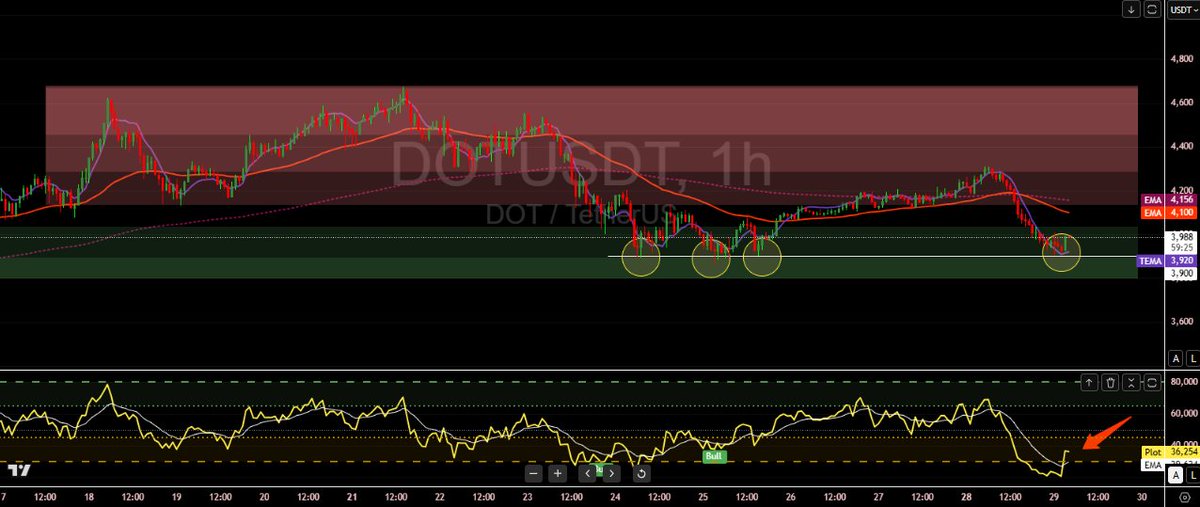The Psychology and Mechanics of Cryptocurrency Trading: A Deep Dive
Introduction: The Emotional Rollercoaster of Crypto Markets
Cryptocurrency trading is not just about charts, indicators, and technical analysis—it’s deeply influenced by human psychology. The market’s volatility, driven by fear, greed, and speculation, creates an environment where emotions often dictate price movements more than fundamentals. This report explores the psychological undercurrents shaping crypto markets, the role of technical analysis, and the broader trends influencing investor behavior.
The Psychological Drivers of Crypto Trading
Fear and Greed: The Dual Forces of Market Sentiment
The cryptocurrency market is highly sensitive to investor sentiment. When prices surge, greed takes over, leading to FOMO (Fear of Missing Out) and irrational buying. Conversely, when prices drop, fear dominates, triggering panic selling. This cyclical pattern is evident in the recent analysis of Bitcoin’s price movements, where traders are debating whether the market is approaching a “Dome of Doom” or a new all-time high [1].
The Role of Social Media and Influencers
Social media platforms like Twitter play a significant role in shaping market sentiment. Analysts and influencers often post real-time updates, technical analyses, and predictions, which can sway retail investors. For example, a tweet analyzing Polkadot’s (DOT) price action holding a key support level for days can influence traders to either accumulate or exit positions [2].
The Altcoin Season Myth
The concept of an “alt season” remains a hot topic in crypto circles. Traders eagerly await periods where alternative cryptocurrencies outperform Bitcoin, but such seasons are unpredictable. The frustration expressed in recent tweets highlights the uncertainty surrounding altcoin performance, emphasizing that market cycles are not always predictable [3].
Technical Analysis: The Science Behind Price Predictions
Key Indicators and Patterns
Technical analysts rely on various tools to predict price movements. Some of the most commonly used indicators include:
– Fibonacci Retracement Levels – Used to identify potential support and resistance zones.
– MACD (Moving Average Convergence Divergence) – Helps determine momentum and trend reversals.
– RSI (Relative Strength Index) – Measures overbought or oversold conditions.
For instance, a recent Bitcoin analysis highlighted a confluence of signals, including a breakout at the 0.618 Fibonacci level, a MACD crossover at the zero line, and an RSI crossing the 50 level—all suggesting a potential bullish trend [4].
The Limitations of Technical Analysis
While technical analysis provides valuable insights, it is not foolproof. Market manipulation, unexpected news events, and sudden shifts in sentiment can invalidate even the most well-researched predictions. This is why many traders combine technical analysis with fundamental and on-chain data for a more comprehensive approach.
The Institutional Shift: Crypto’s Growing Legitimacy
Coinbase’s Expansion into India
Coinbase’s planned acquisition of CoinDCX, a hacked Indian crypto exchange, signals growing institutional interest in emerging markets. With an estimated 7% of Indian citizens owning cryptocurrency, this move could accelerate adoption in the region [5].
BlackRock’s Bullish Stance on Bitcoin
BlackRock’s analysis suggests that Bitcoin could play a role in future central bank reserves, further legitimizing cryptocurrencies in global finance. This institutional backing reduces reliance on traditional fiat currencies and strengthens Bitcoin’s position as a store of value [6].
The Future of Crypto Trading: AI and Machine Learning
Data-Driven Decision Making
The integration of AI and machine learning in crypto trading is revolutionizing market analysis. Platforms like BitQuant use predictive algorithms to enhance trading strategies, while OpenGradient offers decentralized data tools for transparent analysis [7].
The Rise of Automated Trading
Automated trading bots and algorithmic strategies are becoming more prevalent, allowing traders to execute high-frequency trades based on predefined rules. This reduces emotional bias and improves efficiency in volatile markets.
Conclusion: Navigating the Crypto Market’s Unpredictability
The cryptocurrency market remains a dynamic and emotionally charged space. While technical analysis provides a structured approach to trading, the psychological factors of fear and greed cannot be ignored. Institutional adoption, AI-driven insights, and global economic shifts are reshaping the landscape, making crypto trading both more complex and more rewarding.
As the market evolves, traders must balance data-driven strategies with an understanding of human behavior to navigate its unpredictable tides successfully.
—
Sources

